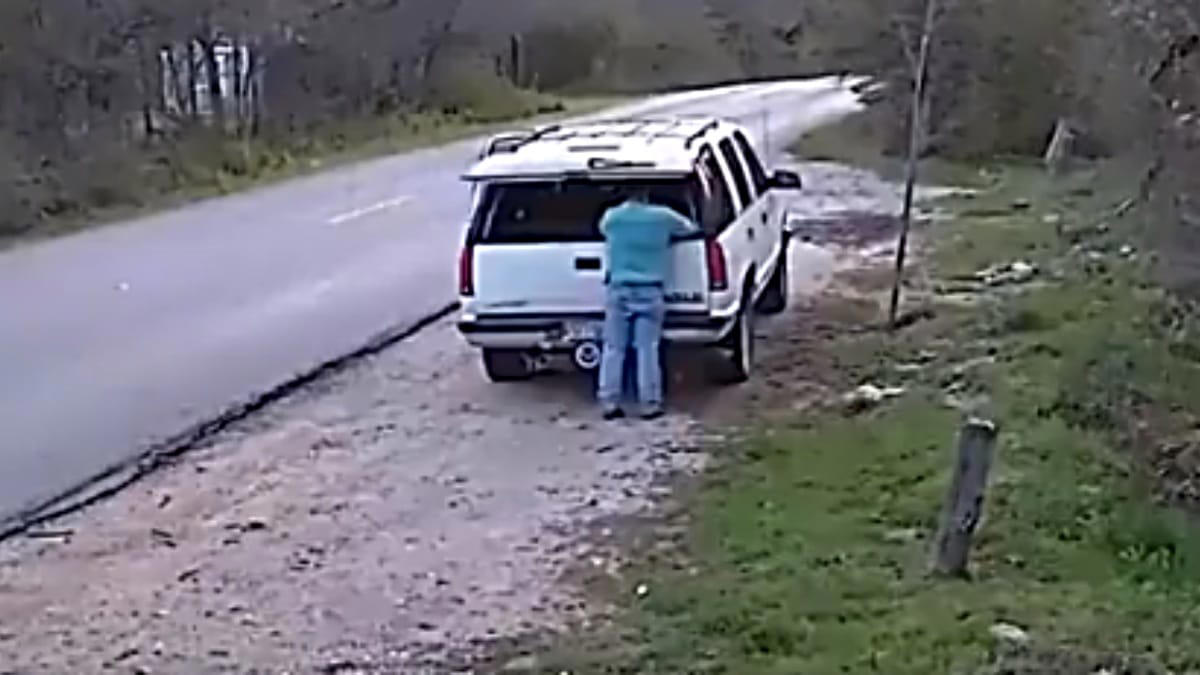In today’s society, animal welfare is becoming an increasingly pressing issue, escalating worldwide debates surrounding how best to protect our furry companions. The moment you witness, or in this digital era, capture on video, a neighbor mistreating their pet, you might feel an impulse to intervene. But this raises a tantalizing question: how should one respond legally and ethically to such a distressing circumstance?
First and foremost, it is critical to distinguish what constitutes mistreatment. Pet abuse can manifest in numerous forms, ranging from neglect—such as failing to provide adequate food, water, and shelter—to outright physical abuse. The latter often includes hitting, kicking, or otherwise physically harming an animal. Recognizing the signs of abuse or neglect is paramount. This knowledge empowers individuals to take appropriate action without overreacting in situations that may not warrant such responses.
So, what can you do if you suspect that a neighbor is treating their pet poorly? The initial instinct may be to confront the owner directly. However, this approach can lead to potential conflicts or escalate tension within your community. Instead, consider approaching the situation with a more methodical mindset.
Firstly, document the evidence. Use your smartphone or camera discreetly to gather video or photographic evidence that illustrates the animal’s condition or the mistreatment taking place. This documentation serves as crucial corroboration if you decide to take further action, providing factual evidence that can strengthen your case. Ensure that the footage captures the essence of the wrongdoing without creating a hostile situation—always prioritize safety and respect.
Next, familiarize yourself with local laws regarding animal welfare. In many states, laws designate certain actions as criminal offenses pertaining to animal cruelty. Consequently, understanding the legal framework can inform your approach and elevate your sense of confidence when reporting potential abuse. Typically, animal control offices or humane societies operate within local jurisdictions and offer resources for both reporting and understanding animal cruelty laws. Accurately identifying the statutes applicable to your community becomes essential in determining the most appropriate course of action.
Once you establish a foundation of evidence and understanding of relevant laws, the next step is reporting the incident to the appropriate authorities. This could be local animal control, a humane society, or even law enforcement, depending on the severity of the situation. When you do so, ensure to clearly and succinctly present your findings. Offering a well-documented report enhances the likelihood of initiating an investigation. Many jurisdictions have specific hotlines for reporting animal abuse; utilizing these resources can facilitate a faster response.
However, ethical imagery encompasses more than simply documenting and reporting; it also involves navigating the complex emotional landscape surrounding pet ownership. It is not uncommon for pet owners to fall prey to circumstances that adversely affect their ability to care for their animals. From financial struggles to mental health issues, the broader context can illuminate behaviors that may initially seem unjustifiable. Thus, in some cases, extending a hand of support to the pet owner may be beneficial. Offering resources such as information about low-cost veterinary services or local pet food pantries can effectuate positive change.
Engaging with your community through dialogue is another method to address the predicament. Establishing a community-wide awareness campaign can foster connections among neighbors, encouraging discussions about responsible pet ownership and the emotional, psychological, and financial accessibility surrounding this. It is essential to create an environment where animal welfare is prioritized through education rather than vilification.
Should one encounter resistance or hostility from the pet owner, it is critical to remain calm and composed. A confrontation may exacerbate an already fraught situation. The objective remains to elevate the condition of the animal without inflaming the tensions surrounding human relationships. Promote constructive discourse as a vehicle for unimposing change, fostering a landscape where animal welfare is viewed through a collaborative lens rather than as a battleground.
Furthermore, becoming involved in local animal advocacy groups can fortify one’s capacity to influence change while ensuring continual engagement with the issue. These organizations often provide training, resources, and tools to help individuals recognize animal abuse and respond effectively. Enlisting in a network dedicated to animal welfare amplifies your voice and potential impact, creating a ripple effect that transcends individual neighborhoods.
Finally, bear in mind that while one can attempt to intervene in cases of neglect or abuse, it is pivotal to understand that your safety and the safety of others, including the animal, must take precedence. If a situation appears threatening or volatile, summoning professional aid is invariably the wisest choice. Legal and animal welfare professionals are trained to manage such circumstances, ensuring all parties involved receive the necessary support while reducing risks.
Witnessing animal mistreatment can summon a whirlwind of emotions—anger, distress, and helplessness. Yet, responding to such a quandary presents an opportunity to act with compassion and responsibility. By understanding the legality surrounding animal welfare, documenting incidents, communicating effectively, and engaging with community resources, it is possible to make a substantive difference in the lives of animals in distress. Remember, change often begins with a single voice standing up for those who cannot advocate for themselves.










